
Predators & Prey Populations Impacting Each Other


Predators & Prey Objectives
-
Summarize predator and prey relationships by analyzing data sets, and explain how oversimplification can mistakenly exclude important variables.
-
Describe relationships between banana slugs, garter snakes, and rough-skinned newts.
Predator and prey species impact each others’ survival and coevolve structures and behaviors over time.
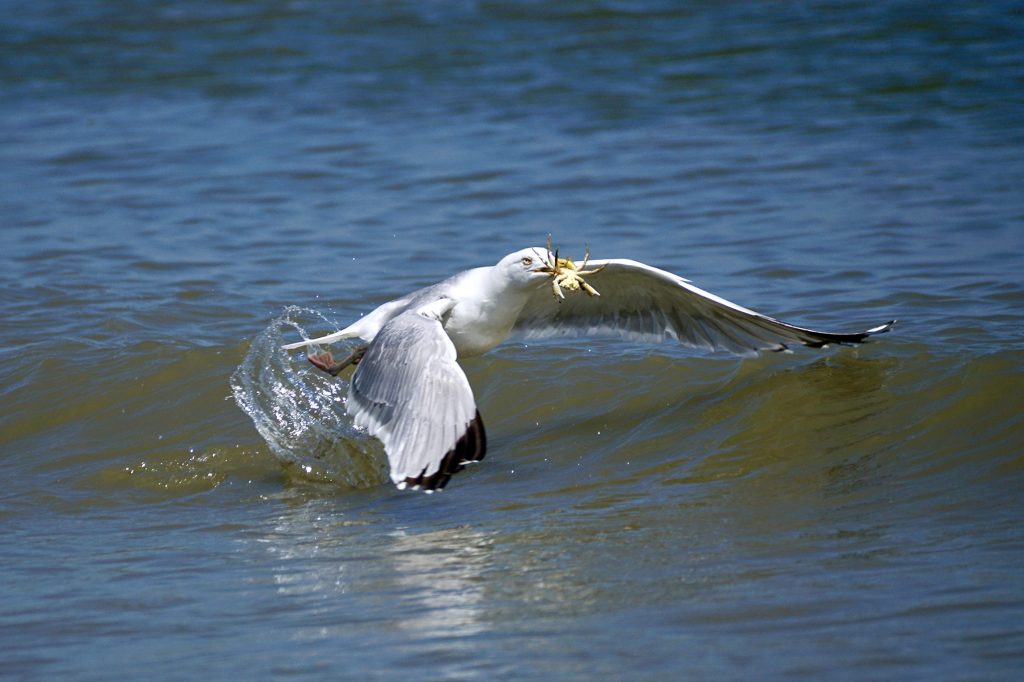
The interaction between predators and their prey is dramatic and can draw our attention and elicit emotions.
It is easy to focus on the interaction, and miss the broader context.
A classic case of oversimplification related to analysis of the relationship between Canada Lynx (predator) and snowshoe hares (prey).
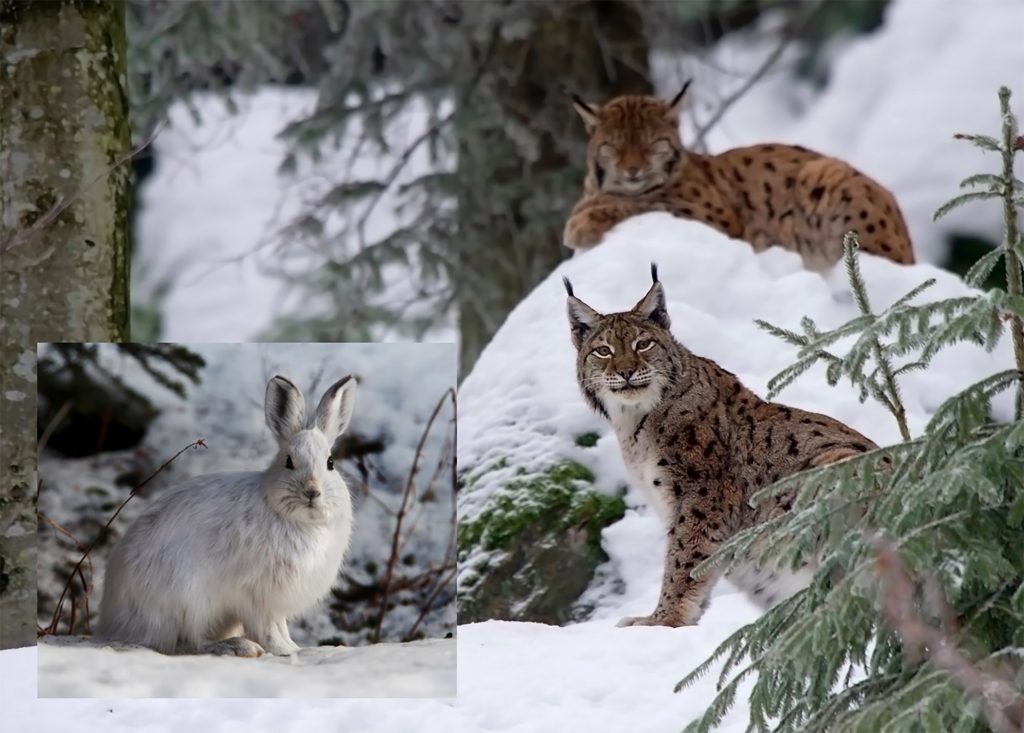
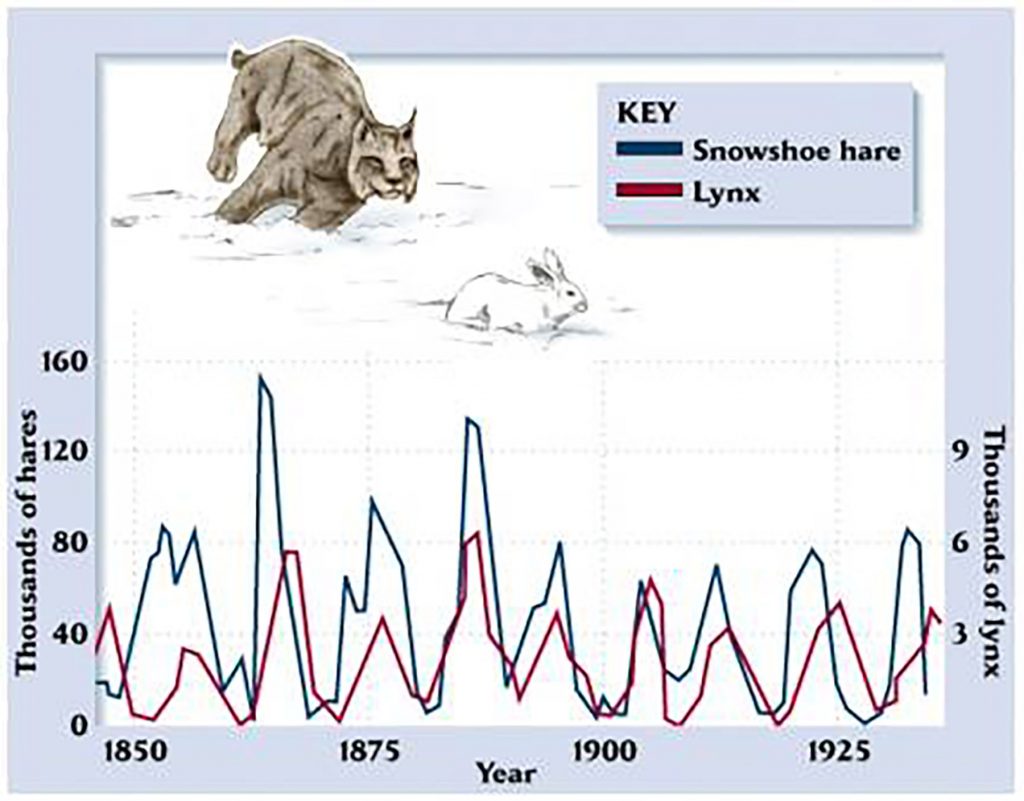
Data suggested that that the lynx and hare had a strong impact on each others’ population sizes. They oscillate up and down closely together. The conclusion was that when hare populations grew, that was more food for the lynx and their population grew. Then the large number of lynx caused a drop in hare populations, and the lynx population crashed, then the hare recovered, and so on.
However, researchers noted that hare populations cycled on islands without lynx. What else can impact hare carrying capacity (K) and cause fluctuations in their population size?
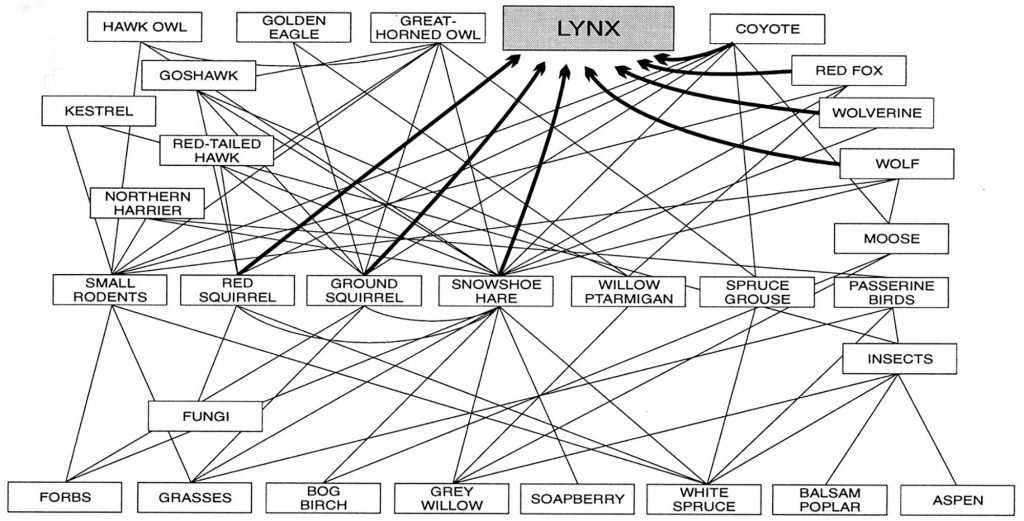
If you said food, you are correct!
It turns out hare populations are as impacted, and sometimes more impacted, by their food availability. When plant populations drop, especially in cold winter months, many hare die.
A critique of the original research lynx-hare studies revealed more complexity in the arctic food web.
Let’s take a look at complexity in a food web we have in our yard. We’ll start with the Pacific Banana Slug (genus Ariolimax). These are large slugs that are omnivore detritivores and they come in a variety of colors depending on genetics and diet.
We collected this slug and are keeping it as a pet. It is eating a variety of foods including this fish food. Over time the carotenoids in this food will turn the slug bright orange.
Here is another banana slug, showing color and pattern variation. These slugs typically stay in one location, visiting the same plants repeatedly.
Not many things can eat a banana slug, but this garter snake can.
Banana slugs have a mucus that numbs potential predators, but garter snakes can roll the slugs in the dirt to remove the mucus before eating them.
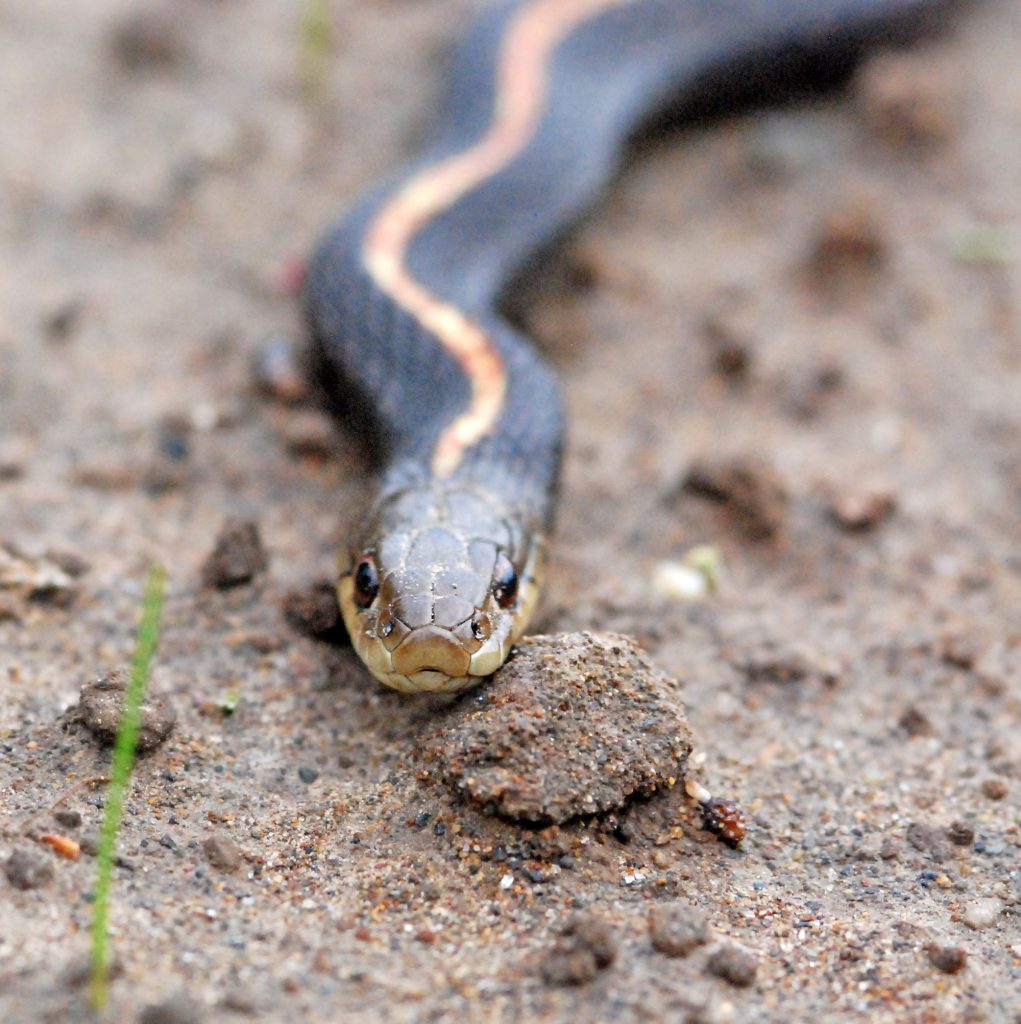
We have different sub-species of garter snakes in our field. Note the variation in color and pattern in this snake. This garter snake has the ability to eat even more challenging prey: the rough-skinned newt.
Note: this snake moves away quickly at the end of the video.
This rough-skinned newt (Taricha granulosa) is also in our field. It secretes a powerful milky poison, which is why Lesley is wearing gloves.
Some sub-species of garter snakes can resist the effects of this poison.
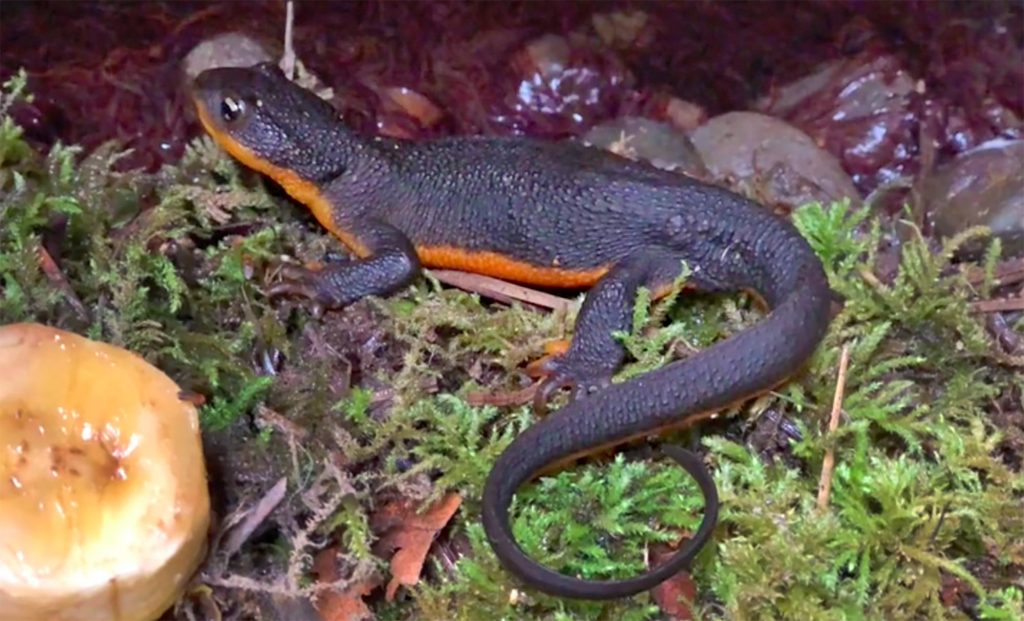
This newt was close to starvation, and we are keeping it temporarily to increase its body weight before re-release. They are carnivores that typically eat worms and insects. That reddish-brown line behind the newt is a large colony of tubifex worms. The banana slices are there to attract fruit flies.
The newts and garter snakes are co-evolving: the newts are developing more powerful poison, and the garter snakes are developing more resistance.
The slug, garter snake, rough-skinned newt predator-prey relationships are just a small slice of our field’s food web. It gives an idea of the complexity of ecosystem food webs.
Next we will explore the tactics and weaponry predators use to capture and subdue prey.

Check your knowledge. Can you:
-
summarize predator and prey relationships by analyzing data sets, and explain how oversimplification can mistakenly exclude important variables?
-
describe relationships between banana slugs, garter snakes, and rough-skinned newts?



